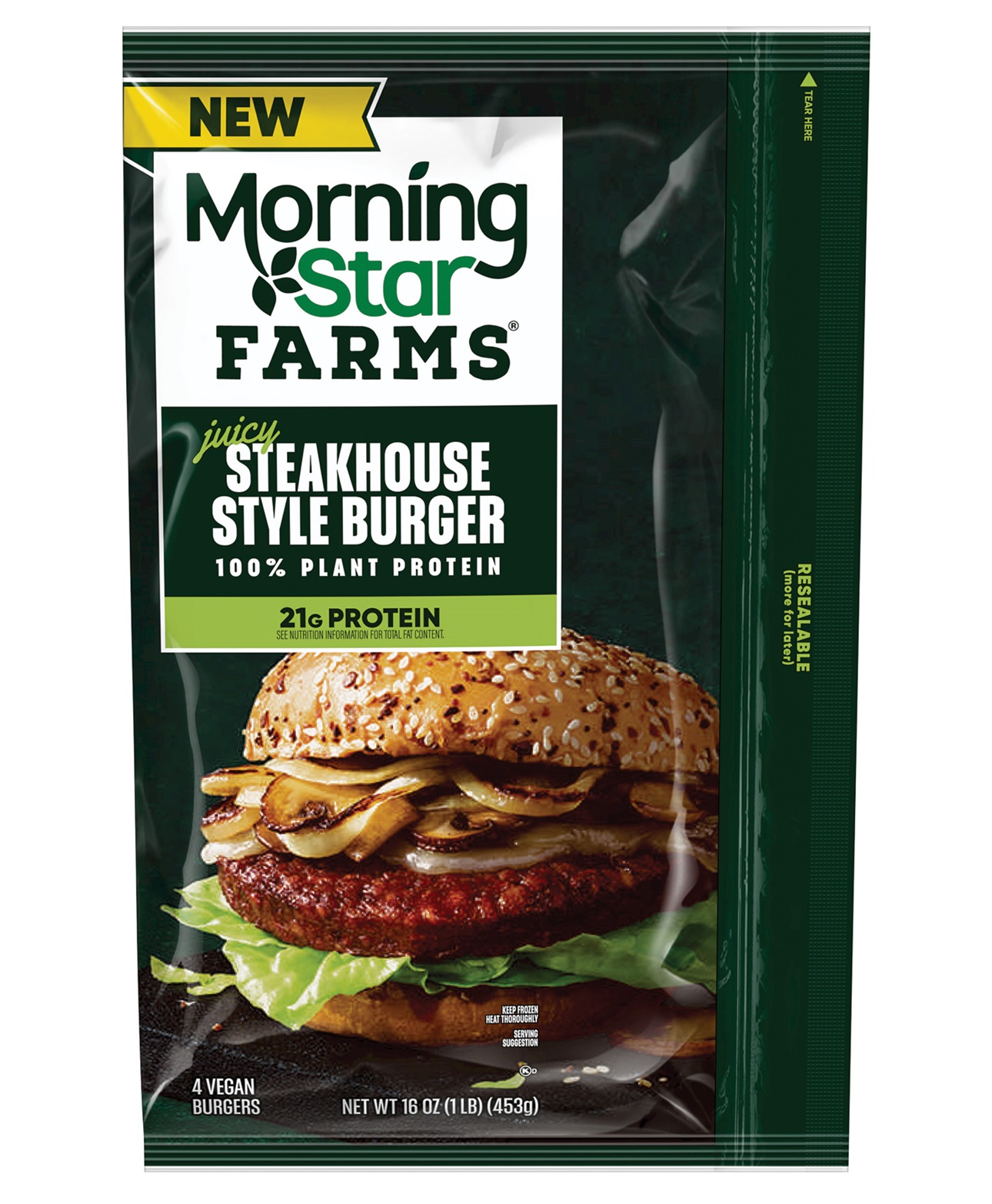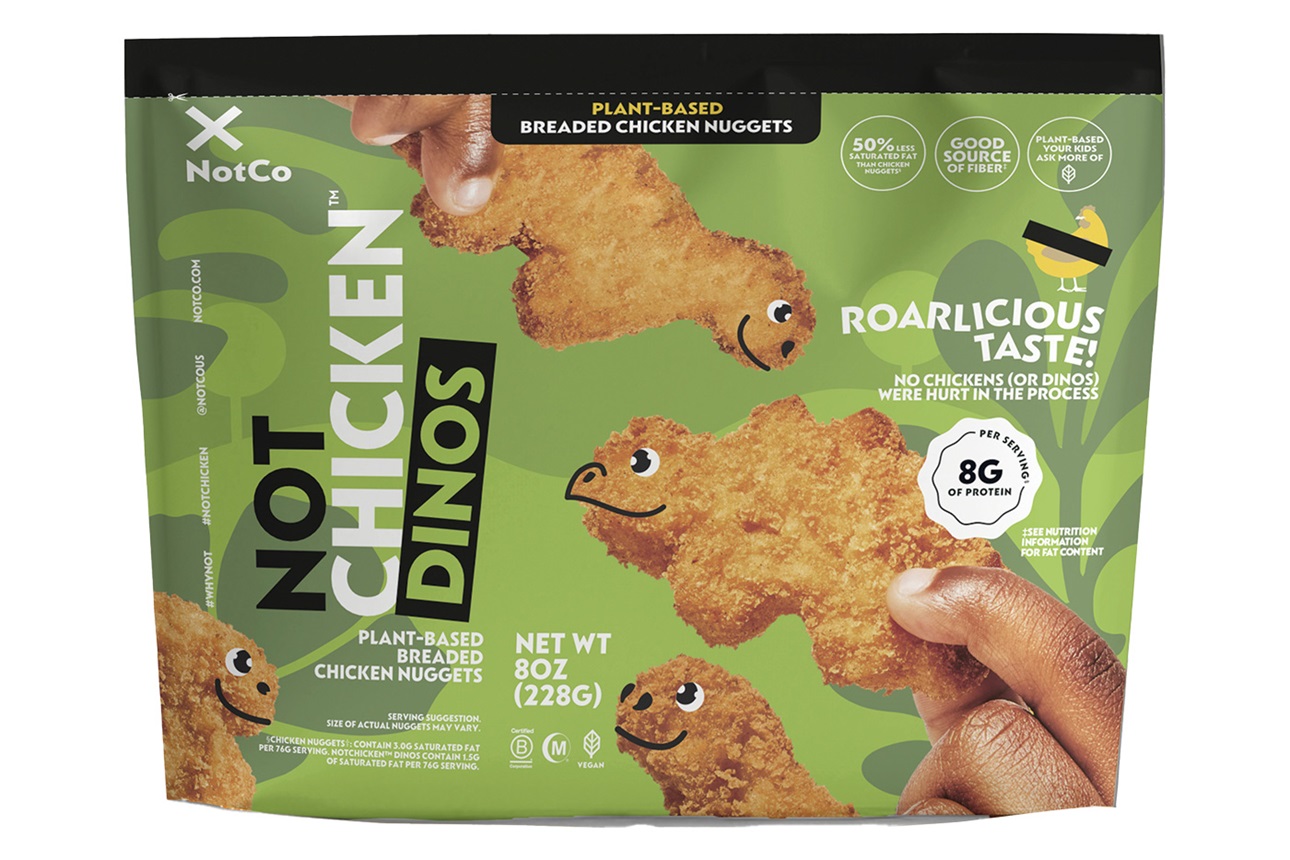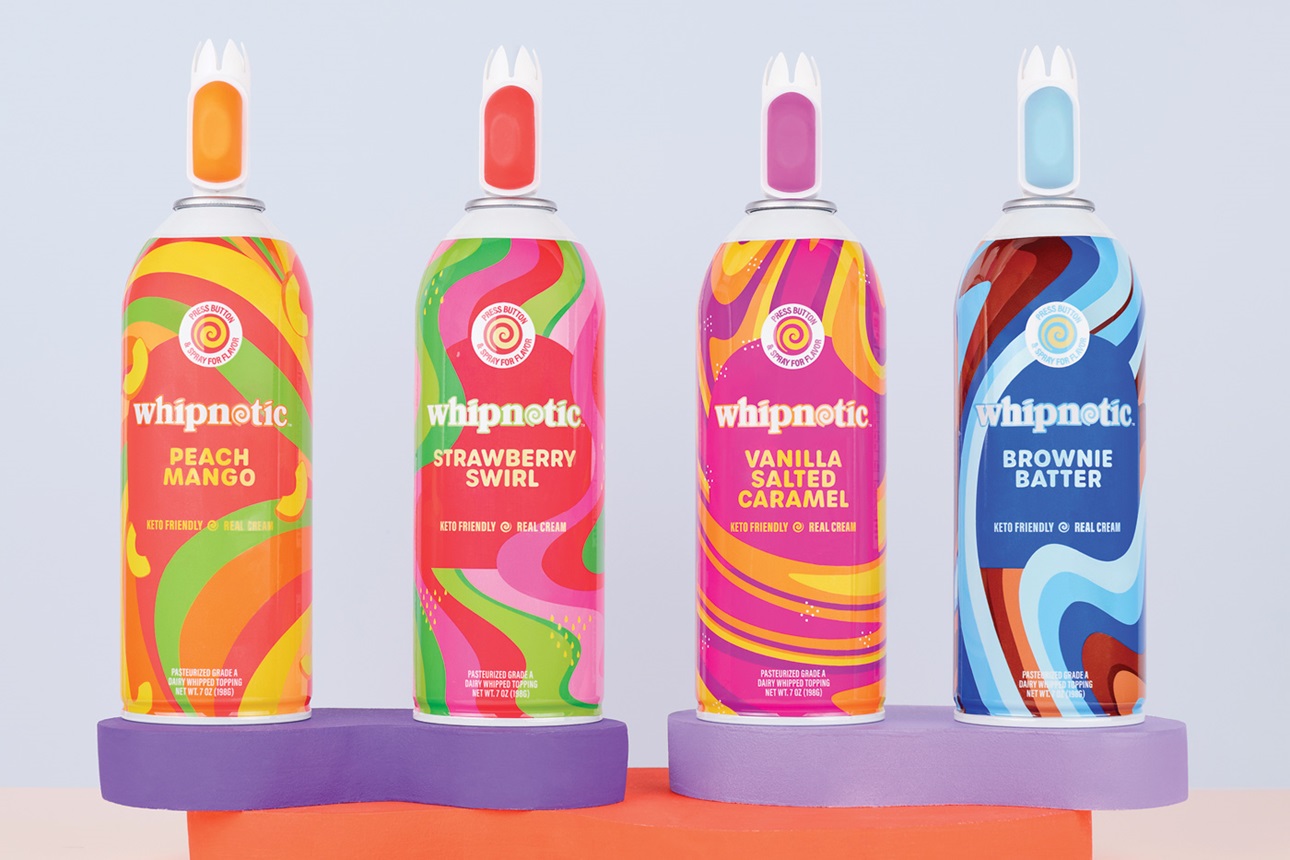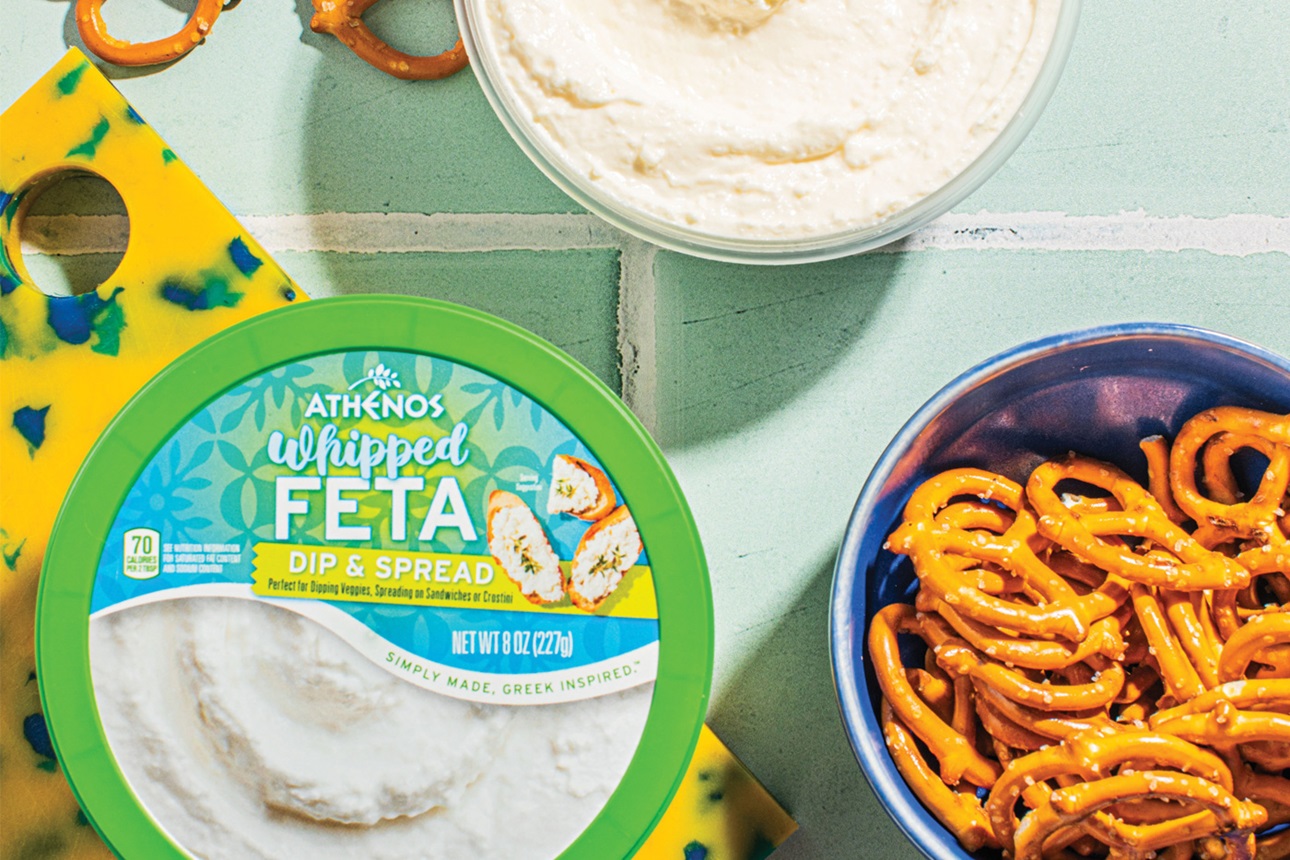Food Technology Magazine | Market Trends
The New Not So Normal
Ongoing financial concerns will affect what, when, and where America eats in 2024, with consumers opting more often for multi-functional foods, frequent snacking, and easy-to-prepare meals.

© clay banks/Unsplash
High prices and ongoing economic pressures, time constraints stemming from the return to more traditional work patterns, and a new set of health and lifestyle improvements promised by premium functional foods will prompt many U.S. consumers to reprioritize food and drink decisions in 2024.
Three-quarters of consumers are very concerned about inflation and high food costs, and 46% are still cutting back on restaurant meals, according to a 2023 year-end review by Datassential. Student loan repayment mandates, which affect 43 million young adults, and ongoing cutbacks in the U.S. Department of Agriculture’s Supplemental Nutrition Assistance Program will further impact food spending and new product experimentation.
The average per-unit price for foods and beverages purchased in multi-outlet grocery channels in October 2023 was 25.8% higher than in October of 2020 and up 32.2% versus 2019, according to data from market research company 210 Analytics. Research firm Circana projects modest food/beverage sales volume growth in 2024 after three years of volume declines, with the beverage and deli departments leading this growth.
For the first time ever, unit sales of specialty foods fell in 2022, down 2.8%, although dollar sales grew 8.3%, according to the Specialty Food Association. Sales are projected to reach $221.5 billion in 2024.
Half of food shoppers report buying more store brands most of the time, according to FMI, The Food Industry Association. Among Gen Z food shoppers, the figure is even higher—two-thirds say they buy private label brands always or frequently.
While the vast majority (86%) of eating occasions were sourced from home in 2023, according to Circana, consumers still spend 40% of their food dollars at restaurants. In September, six in 10 consumers reported eating dinner in a restaurant in the past week, four in 10 had a restaurant lunch, and one-quarter had breakfast at a restaurant, according to the National Restaurant Association (NRA). Dinner accounted for 22% of restaurant traffic; lunch, 29.1%; morning, 21.4%; and PM snacks, 16.3%, per NRA.
For the year ending in September 2023, 74% of restaurant traffic was off premises versus 26% on premises, according to NRA. Carryout accounted for 29% of traffic, down 3% from 2020; drive-through accounted for 37%, +11%; and delivery was 8%, +5%.
Six in 10 restaurant operators reported traffic declines in November, the seventh month in a row for the trend, according to NRA. Half had lower same-store sales for the month versus one-third that reported lower sales the prior month.
After being adjusted for inflation, sales in quick-service, fast casual, casual, fine dining, and convenience store foodservice, are all projected to increase slightly in 2024, according to Datassential, which also projects a 1.5% sales decline for midscale restaurants.
The Bureau of Labor Statistics reports that limited-service restaurants increased their prices beyond the level of inflation in 2023—up 6.0%; fine dining establishments increased prices by 4.9% for the year.
With consumers’ financial concerns expected to drive more conservative food behaviors in 2024, marketers and product developers should consider focusing their efforts in three areas: simple meal solutions, experiences and escapes, and products that promise to deliver functional health benefits.
Simple Solutions
As of November 2023, 125.4 million people—79.5% of all employees—worked exclusively away from home, according to the Bureau of Labor Statistics. That figure suggests a significant market opportunity for companies that offer simple meal preparation solutions for busy people. Meanwhile, 10.4% of employees worked at least some hours at home, and 10% worked exclusively from home.
Dinnertime Options. Six in 10 consumers (59%) prepared dinner at home at least five nights a week in 2023; one in five did so seven nights a week, according to FMI data. Four in 10 home-cooked meals are prepared in under 30 minutes, Circana reports, also noting that fewer ingredients are being used per meal, down 10% versus two years ago.
Hybrid meal preparation, which combines some scratch cooking with semi-prepared or fully prepared retail/restaurant items, is the most popular preparation method, employed by about half of consumers, up 3% versus 2022; 38% of meal preparers cook primarily from scratch, and 11% rely on fully prepared meals, according to FMI.
Many consumers turn to small kitchen appliances to simplify meal preparation. Two-thirds of those who owned an air fryer used it at least once every two weeks, according to Circana. FMI reports that one-quarter of consumers frequently use their crockpot, grill, or Instant Pot.
Dollar sales of deli prepared foodservice products rose 6.7% to $24.8 billion for the year ended Oct. 29, 2023, according to 210 Analytics. One in four consumers replaced a restaurant meal with a deli prepared option in 2023, according to FMI, and use of prepared foods for lunch increased 14%.
Prepared entrées, led by sushi and chicken, appetizers, side dishes, soups and chili, pizza, and sandwiches all drove robust sales, according to 210 Analytics. Refrigerated Reser’s Main St. Bistro Twice Baked Double Cheese Potatoes add a homemade touch to meals. Drake’s Fresh Pasta Co. offers a full line of restaurant-quality, family-size prepared entrées made without artificial ingredients under its Parla Pasta label. MamaMancini’s serves up refrigerated microwaveable meals in a cup, including options like Chicken Cacciatore.
Plain frozen potatoes, side dishes, pasta/noodles, chicken, turkey, bread/rolls/pastry dough, and beans were among the top unit sales gainers in the frozen case for the 12 weeks ending Oct. 8, 2023, per Circana.
The Alexia Spice of Life flavored frozen potatoes lineup includes Indian Curry, Thai Basil Chili, and Cilantro Lime varieties. The new MorningstarFarms Steakhouse Style Burger delivers 21 grams of plant protein. Vegan foods maker CLO-CLO has unveiled frozen flatbreads made with a sweet potato crust that are allergen-free and contain a serving of vegetables.
Unit sales of Mexican frozen entrées rose 6.8% in for the 12 weeks ending Nov. 5, 2023, per SPINS; unit sales of tacos/taquitos/flautas were up 7.0%. Unit sales of Asian frozen foods grew by 8.7% over the same period, according to SPINS data. Asian frozen snacks and appetizers, especially dumplings/potstickers, posted unit gains of 15.8%, while Asian meals/entrées were up 5.0%.
Breakfast and Lunch. FMI reports that, on average, consumers prepare 63% of their breakfasts and 62% of their lunches at home.
Handhelds, entrées, and waffles drove double-digit dollar sales growth in the frozen breakfast food category for the 12 weeks ending Oct. 8, 2023, per Circana. Back-to-the-office mandates drove a 4% upswing in gourmet coffee and tea sales and a 3% increase in doughnut sales at quick-service restaurants. In November, McDonald’s announced plans to explore expansion of its pilot test of Krispy Kreme doughnuts sales.
Half (48%) of adults occasionally eat frozen foods for lunch, and 16% do so frequently, according to the American Frozen Food Institute. Nearly half (45%) of parents versus 27% of all adults are carrying more food from home to work, according to FMI data.
Seafood & Zesty Lime Empanadas from Phillips Foods and gourmet frozen Sourdough Grilled Cheese sandwiches from A Friendly Bread are among the frozen food options suitable for brown bagging.
Snack Time. Three-quarters of consumers eat snacks in place of a meal at least once a week, according to Datassential. And half of all consumers now snack three or more times daily, up 4% versus a year ago, with morning and late evening the fastest-growing snack occasions, Circana reports. FarmRich Breaded Goat Cheese Bites and Urban Pie Mini Calzones are easy-to-prepare mini meal alternatives.
Finger foods, including fries, mozzarella sticks, chicken wings, pepperoni pizza, and chips/queso, were among the top 10 menu items DoorDash delivered in 2023. Chicken quesadillas, garlic naan, spicy chicken sandwiches, Cobb salads, and fried rice round out the list.
World-stage soups and stews, global chicken wings, international barbecue, grilled/cooked cheese (e.g., raclette), Wagyu beef, stuffed vegetables, regional cuisines, and hot honey breakfast sandwiches are among the top 10 culinary trends for 2024 cited by chefs surveyed by NRA.
Kid-Friendly Fare. One in four parents say they are trying to prepare new kinds of foods for their children, according to FMI. Beef fajitas, boneless wings, mini quesadillas, pho, and orange chicken are among the fastest-growing foods on kids’ menus over the past four years, according to Datassential.
Plant-based chicken, Wagyu beef, lemon pepper, sriracha, and honey barbecue, are the fastest-gaining ingredients and flavors called out on kids’ menus, per Datassential. NotCo has introduced NotChicken Dinos, plant-based dinosaur-shaped breaded nuggets for kids.
Experiences and Escapes
Perhaps in response to high prices and other pervasive economic and political concerns, consumers are turning to foods and beverages for an escape and/or special experience. In fact, having a unique food experience is now among the most influential factors in consumers’ food value decisions, FMI reports.
Deli trays, pickles/relish, spreads, and products for holiday and special event meals for entertaining were bright spot in the deli in 2023, according to Circana. One-quarter of consumers say they plan to spend more time entertaining friends at home in 2024, FMI reports. Emmi Roth’s new Athenos Whipped Feta Dip & Spread provides a new option for dipping veggies.
Restaurant-Style Experiences. Six in 10 consumers tried to recreate restaurant-style meals, treats, and coffeehouse drinks at home last year, up from 31% who did so in 2022, according to FMI. Grubhub orders for not-so-mainstream pineapple pizza jumped 33% last year, and the seemingly contradictory combination of a salad with a side of fries was ordered more than 600,000 times.
All About Indulgence. Products positioned for true indulgence continue to outpace other snacking segments. Fennel cakes and fries, chocolate tortes, tres leches cake, mochi, and churros were among the fastest-growing desserts on restaurant menus over the past four years, per Datassential.
Billed on the package as “one pint of pure bliss,” Clementine’s Red Velvet Cupcake Ice Cream features a whole cupcake inside a pint of cream cheese–flavored ice cream. Whipnotic toppings create a swirl of whipped cream and fruit-infused color and flavor; the company also offers two non-fruit flavors, Vanilla Salted Caramel and Brownie Batter—all courtesy of the company’s patented packaging technology.
Golden West Food Group, in a licensing partnership with The Hershey Co., debuted a lineup of frozen products that combine chocolate and real fruit; offerings included Reese’s Frozen Fruit Banana Slices and Hershey’s Cookies ‘N’ Creme Frozen Fruit Strawberries.
Eating Globally. Mexican tops the list of global cuisines consumers ate in the fourth quarter of 2023, with 72% choosing Mexican fare, followed by Italian, 68%; Chinese, 65%; and Japanese, 41%, per flavor company T. Hasegawa. One-third ate Latin, Greek, or Thai fare; one-quarter had Middle Eastern, Indian, or Korean, T. Hasegawa says.
Over the past four years, birria, hot chicken, chicken pad Thai, and egg fried rice have been among the fastest-growing entrées on U.S. menus, per Datassential. Fusion flavors and cuisines are on the rise as well. Mexican quick-service restaurant chain Del Taco fuses Mexican and Asian influences in its new Birria Ramen.
Two-thirds of consumers enjoy stir-fry preparations, one-third like tempura, one-fifth are interested in tandoori, and one-tenth have a taste for tagine, according to T. Hasegawa.
Keeping It Spicy. Spicy still reigns. Major foodservice chains introduced 270 limited-time spicy offerings in the first half of 2023, according to Datassential. Grubhub reports that 53 million items with added spices were ordered last year. Spicy potato soft tacos, spicy chicken sandwiches, spicy tuna roll, hot & sour soup, and drunken noodles were the top five spicy items Grubhub delivered.
Datassential predicts that Tajin, Nashville hot, and mango habanero will be among the fastest-growing flavors on U.S. menus through 2027. Popular pepper ingredient additions include pickled jalapeños, ghost peppers, habanero peppers, and Calabrian chili peppers.
Category Crossovers. Pepperidge Farm entered the chip sector with the launch of Goldfish Crisps last year, which the company describes as a marriage between Goldfish crackers and a potato chip. The new crisps are available in traditional potato chip varieties of Sour Cream & Onion and Salt & Vinegar, as well as in a Cheddar flavor.
The Thomas’ brand, best known for English muffins, recently debuted Croissant Bread. And Entenmann’s has added Donut Cakes.
Having Fun With Food. Food should be fun, and a number of brands are ensuring that it is with creative flavors. Dove chocolate now comes in a Tiramisu flavor, and the Lay’s brand offered chips in a Grilled Cheese & Tomato Soup flavor for a short time this past fall.
The FarmRich frozen lineup includes Meatballs with Pizza Style Seasonings. Heinz introduced Pickle Ketchup for pickle-loving ketchup fans.Healthy Promises
With three-quarters of those aged 18–29 and two-thirds of those aged 30–39 extremely concerned about access to healthier foods and beverages that are affordable, according to HealthFocus, now is the time for multifunctional products and product claims.
Expect a big market opportunity in this area. U.S. functional food sales reached $87.3 billion in 2022, according to SPINS; sales of supplements were $60.8 billion. Market intelligence firm NIQ classifies nearly half (47%) of adults as very proactive health consumers; 52% say they plan to eat healthier in 2024.
Food as Medicine. It appears that some consumers are favoring food over supplements for health solutions. Consider that between 2021 and 2023, sales of immunity-boosting foods and beverages increased by 60% while sales of immunity-supporting supplements increased by 6%, according to SPINS data.
Protein supplements/meal replacements, hydration/electrolytes, performance nutrition products, digestive aids, and superfoods were among the few supplement categories that posted growth for the year ended Aug. 13, 2023, according to SPINS. Mineral supplement sales, up 5.1% for the year ended Aug. 13, 2023, were a hot spot in an otherwise soft supplement market, per SPINS.
Sales of hemp/CBD supplements cratered in 2022—down by 22.7%. New Hope projects another 13.6% dive for 2023 and an 8% drop in 2024. Ashwagandha, creatine, collagen, mushrooms, beet root, and wheat/barley grass were among the hot supplement ingredients this past year.
For the four-year period ended Aug. 12, 2023, sales of products with “food-as-medicine claims” related to digestive health, metabolism support, immune health, the microbiome, joint health, inflammation, pain, and anxiety outperformed overall food/beverage sales.
Sales of beverages touting a digestive claim reached $1.1 billion, +17.9% in natural food retailers and multi-outlet retailers plus convenience stores for the year ended Aug. 8, 2023, per SPINS. For the same time period and channels, sales of beverages making a hydration claim reached $457 million, +11.4%; cognitive health products sales were $51.8 million, +13.4%. The fastest-growing food-as-medicine claims on beverages (albeit from a small base) were for products with cleanse/detox claims, +37.0%, and products with claims related to mood, +34%.
Plant-based diet/nutrition products, including meal replacements, supplements, creamers/milks/beverages, cookies/crackers, pasta, and oil/butter/spreads, enjoyed double-digit growth for the year ended Aug. 12. 2023, per NIQ.
Two-thirds of consumers say they are trying to consume more protein. In addition, 61% are trying to add more fiber and/or vitamin D to their diets. For calcium, the figure is 56%; vitamin B12, 50%; iron, 48%; and potassium, 44%.
Nearly one-half of all adults (46%) followed a specific eating regimen in the past year. Of those that did so, about 20% followed a heart-healthy diet; 14% opted for a low-carb/Atkins-type regime; 11% each adopted a gluten-free, plant-based, or whole foods diet; and 10% tried dairy-free or lactose-free, according to FMI data. In addition, 6% followed a keto diet, and 5% followed the paleo plan.
Food for a Healthy Planet. Heritage vegetables, craft vegan foods, and products that make regeneratively nutritious claims are among the sustainably positioned food product categories showing growth. King Arthur Baking Co. offers a Whole Wheat Flower Blend that it describes as a “regeneratively-grown climate blend that can help restore soil health.”
Dollar sales of certified upcycled foods and drinks reached $56.9 million in natural food retailers and the multi-outlet retail channel for the year ended Aug. 13, 2023, per SPINS.ft














